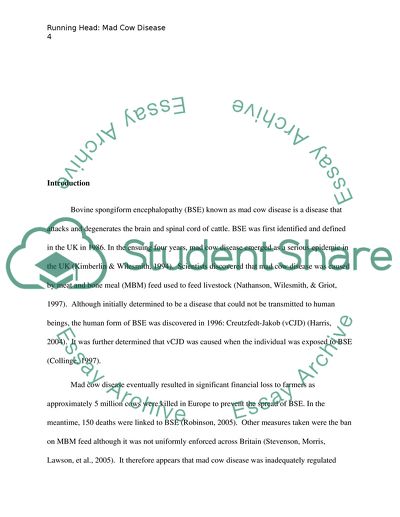Cite this document
(“The mad cow disease Research Paper Example | Topics and Well Written Essays - 6500 words”, n.d.)
The mad cow disease Research Paper Example | Topics and Well Written Essays - 6500 words. Retrieved from https://studentshare.org/law/1628792-the-mad-cow-disease
The mad cow disease Research Paper Example | Topics and Well Written Essays - 6500 words. Retrieved from https://studentshare.org/law/1628792-the-mad-cow-disease
(The Mad Cow Disease Research Paper Example | Topics and Well Written Essays - 6500 Words)
The Mad Cow Disease Research Paper Example | Topics and Well Written Essays - 6500 Words. https://studentshare.org/law/1628792-the-mad-cow-disease.
The Mad Cow Disease Research Paper Example | Topics and Well Written Essays - 6500 Words. https://studentshare.org/law/1628792-the-mad-cow-disease.
“The Mad Cow Disease Research Paper Example | Topics and Well Written Essays - 6500 Words”, n.d. https://studentshare.org/law/1628792-the-mad-cow-disease.


